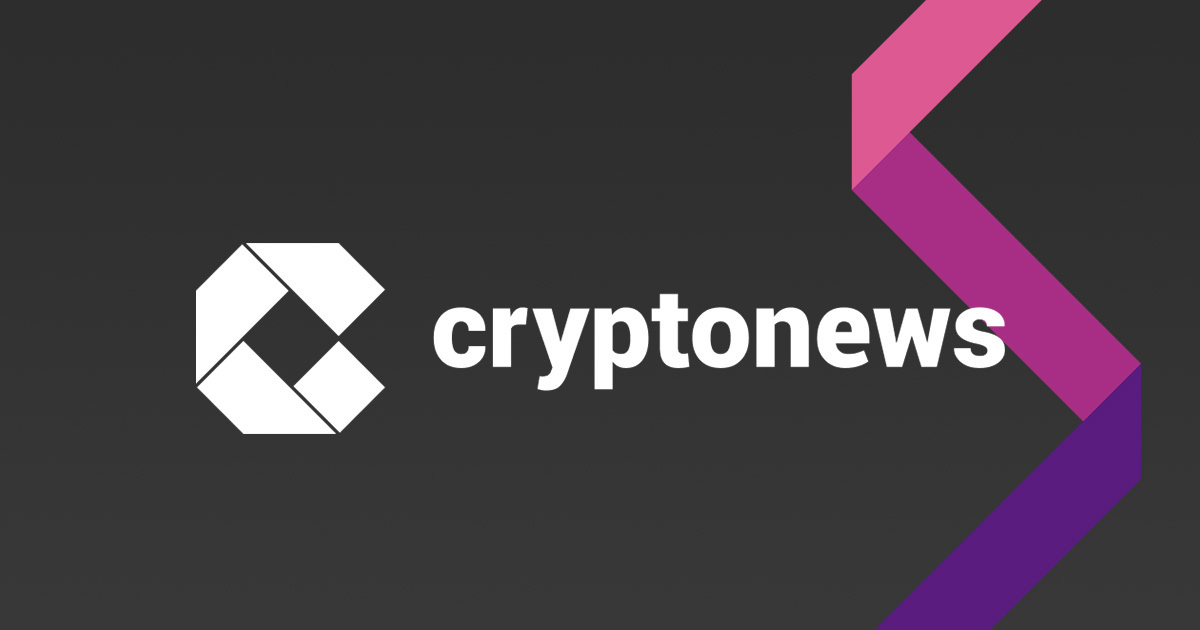OpenAI’s dramatic decision to fire its CEO Sam Altman on Friday, and the days-long power struggle that followed, was only possible thanks to the unusual power held by its directors. The ChatGPT developer’s extraordinarily powerful board doesn’t answer to shareholders or an ownership group, but instead to none other than all of mankind. “Our primary fiduciary duty is to humanity,” OpenAI’s charter reads.
Microsoft CEO Satya Nadella, who’s taken a central role in negotiating OpenAI and Sam Altman’s future, now wants governance changes at the pioneering AI startup. “Surprises are bad,” he told Bloomberg during an interview Monday evening.
The surprise, in this case, is OpenAI’s firing of Altman on Friday, without informing Nadella until a minute before it went public, reports Axios. OpenAI’s unique corporate structure doesn’t give deep-pocketed backers like Microsoft, which has invested $13 billion in the AI developer, seats on its board.
OpenAI’s board “can essentially take decisions unilaterally” without conferring with investors, says Karen Brenner, executive director of law and business initiatives at NYU’s Stern School of Business.
Nadella, who has in the meantime committed to hiring Altman at Microsoft, says he plans to remain in business with OpenAI but will now push for changes to its board structure.
In normal for-profit entities, investors usually have some ability to influence strategy, whether through governance rights and board seats. Not at OpenAI. “It’s unusual that when you form an entity to pursue a strategy, which requires an unusual amount of capital, that the people who provide the capital wouldn’t have some degree of voice or control or oversight of the capital that they provide,” Brenner says.
Why is OpenAI’s board so powerful?
OpenAI’s unique board structure comes from its founding as a nonprofit. In 2015, Altman, Greg Brockman, and current board member Ilya Sutskever, alongside other partners including Tesla CEO Elon Musk, started OpenAI as an AI research lab. By 2019, OpenAI’s leadership realized it would need to raise money—and likely huge sums of it—to fund its research. To make that possible, OpenAI created a capped for-profit subsidiary.
A capped for-profit entity is already unusual. Companies are rarely in the habit of preemptively limiting their profits. But as a division of a nonprofit, whose goal is to “ensure [artificial intelligence] is used for the benefit of all,” OpenAI decided it didn’t want investors to have an unfettered profit motive.
“Part of the objective was to limit the financial upside potential and also keep close control over the social implications of this technology,” Brenner says.
But OpenAI’s massive success may be this strange structure’s undoing. The technologies the for-profit arm developed were so advanced that it eventually attracted the multibillion dollar investments from Microsoft and the Silicon Valley VCs who poured money into OpenAI. As it became more successful, investors and executives alike wanted to capitalize on the commercial opportunity of their work, according to Vasant Dhar, a data science professor and AI researcher at NYU’s Stern School of Business.
”OpenAI has just been a victim of its own success,” Dhar says. “I don’t know whether they really expected to be this far along so quickly—but they are.”
OpenAI’s board wields such power within the company because it answers to no one and isn’t bound by a fiduciary duty to help shareholders get a return on their investment. Even other big name investors, including top venture capital firms like Sequoia Capital, a16z, and Tiger Global don’t have a say in the company’s decision making.
These VCs, like Microsoft, aren’t used to being bystanders in their investments and may start to exert more influence through other channels. They could try to exert private or public pressure, as a16z founder Marc Andreesen did by tweeting cryptic messages. Investors could pull future funding commitments, although that would depend on the terms of each of their original deals. And Microsoft has an even bigger trump card: withholding access to the computing resources that power OpenAI’s tech.
“Usually the people with the money have a lot to say,” Brenner says. At OpenAI “they don’t technically have a lot to say in terms of the governance structure, but they have a lot to say because they provide the capital.”
Can OpenAI’s investors do anything?
OpenAI’s board removed Altman after alleging that he was not “consistently candid” with his communications, without providing details. Board chair and OpenAI president Greg Brockman wasn’t aware the meeting to fire Altman was going to take place, according to a post on X. Even that is unusual in its own right, as board chairs usually dictate when and where board meetings will happen. In fact, Brockman was removed from the board by his fellow directors shortly after Altman was fired. He promptly quit upon hearing the news.
Yet the outcry around the firing then led to days of tense negotiation, as OpenAI’s board tried to figure out how to bring Altman and Brockman back into the organization. Newly appointed interim CEO Mira Murati pushed to rehire the two in different roles, according to Bloomberg. Instead, the board made another surprising decision by hiring yet another interim CEO to replace Murati: Twitch founder Emmett Shear.
The board now faces a full mutiny from its employees. More than 700 of OpenAI’s roughly 750 employees have signed a letter stating they will quit if the board does not resign and reinstate Altman and Brockman.
The New York Times reports that Sutskever was concerned that Altman was moving too quickly to bring tech to market, without considering the risks. He has since changed his mind, throwing his support behind Altman’s return.
Because OpenAI’s investors don’t have a say in its governance, they have limited recourse to remove board members, which they would have been able to do in a more traditional structure. Normally, if a board takes decisions that shareholders deemed ineffective they can get voted out of their role. In OpenAI’s case this isn’t permitted, strengthening the board’s hand.
The board can even take an unpopular decision, like it did in firing Altman, that risks a wholesale defection from hundreds of employees. Ordinarily, a board with a fiduciary responsibility to shareholders wouldn’t make a decision that could risk such a brain drain. If “the talent pool walks out the door or is fired, then it calls the whole enterprise into question,” Brenner says. “That’s going to leave lots of questions going forward. Where does technology reside? And what can the executives who end up leaving the company do in another configuration?”
OpenAI’s investors are unlikely to be happy with such a major talent exodus. The board “basically handed their IP to Microsoft on a platter,” Dhar says.
To Bloomberg, Nadella said Microsoft would welcome any former OpenAI employees. “Anyone else who is at OpenAI and wants to go somewhere else, we want them to come to Microsoft,” he said.
Credit: Source link










